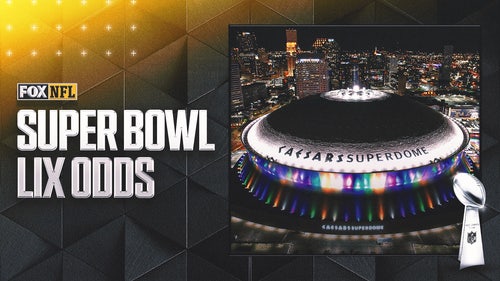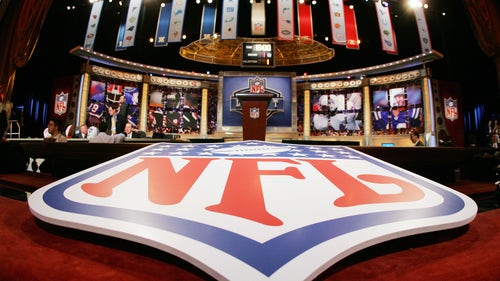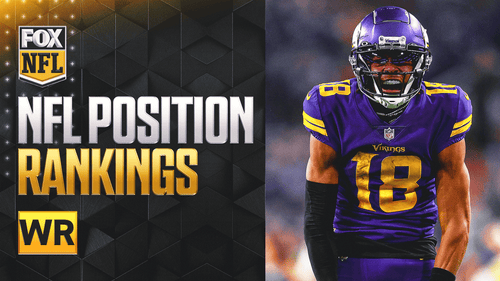
Unique design features add beauty, longevity to new Vikings stadium

MINNEAPOLIS -- At the top of the Vikings' shiny, new $1.1 billion football palace, there is a ring of glass separating the seating bowl from the roof that the team and the stadium designers call the "clear story."
At night, when U.S. Bank Stadium is lit up, the clear story gives the visual impression that the roof is floating. And on sunny mornings, the large windows allow sunlight to flow in from the east, bathing the seats on the other side of the stadium in a yellow glow.
The clear story is one of the many calling cards for architects of the stadium -- and one that almost didn't make the cut: With the cost of the project rising, Mortenson Construction told the Vikings that eliminating that particular feature would save the team $800,000.
"At the time we were over a perceived budget. They said, 'Well, we'd like to accept that,'" said John Hutchings, sports principal-in-charge at HKS Sports and Entertainment.
"We said, 'Over our dead body.' . . . It was a decision that we fought hard to keep. We didn't win all of them, but that was one that was pretty important for the overall look of the stadium."
The discussion was one of the countless debates that come with designing, approving and building a stadium of this kind of size and scope.
In the end, HKS won that tussle. Vikings owner Mark Wilf pointed to that clear story as a sign of the additional investment the team put into the project to try to achieve the "world class" designation that the franchise has used to describe it from the stadium's infancy.
The first official event is Wednesday, an international soccer exhibition that has sold more than 55,000 tickets.
"When you weigh those millions of dollars versus the span of a building like this, we wanted to make sure that in five or 10 years this building wouldn't be instantly obsolete. We want this building to last for decades and generations to come," Wilf said.
"Things like letting in that light, hundreds of decisions like that, our whole team really made sure to implement that vision that the fan experience were to be maintained."
There were other points of contention. Some designers preferred to have a scoreboard hanging over the field like the famous giant boards at the home of the Dallas Cowboys.
The Vikings wanted to have video boards above the lower bowl in both end zones so that fans didn't have to crane their necks upward to see replays.
And the huge glass doors on the west side of the stadium that open to allow fresh air inside the fixed-roof facility were initially proposed to go from the plaza cement up to the very top of the stadium, some 240 feet high.
"We got the numbers back and they said, 'No way can we do that!'" a smiling Hutchings said. "They said, 'What would it take to have the biggest ones in the world?' We said, well they need to be 100 feet tall."
And there they stand now, five doors ranging from 75 feet to 95 feet tall and 55 feet wide.
"It never became personal," Vikings chief operating officer Kevin Warren said.
"We had some very tough and tense disagreements. But we always moved forward. At the end of the day, we knew we would get this done and build an incredible building that one day would revolutionize how professional sports franchises handle their buildings and how fans get a chance to watch their teams."
In the end, an architectural marvel was born. Sixty percent of the roof is made of a translucent material called ETFE that allows the sun to pour in and create the feel of an outdoor venue.
The cramped concourses and scarce bathrooms of the Metrodome are a distant memory, replaced by the open-feel, amenity-loaded stadium that features a giant glass wall looking toward the downtown Minneapolis skyline.
The seats are the closest to the field in the NFL and a one-of-a-kind retractable section can be moved to allow baseball to be played indoors.
"When they showed us this design, we were just blown away," Wilf said.
The Vikings' first game will be an exhibition against the San Diego Chargers on Aug. 28, with the real curtain raiser coming on Sept. 18 in a Sunday night game against NFC North rival Green Bay.
And then, of course, the big show is not far off: The Super Bowl will be held at the stadium on Feb. 4, 2018.
More than 200,000 people visited the stadium for an open house that was held last weekend.
Initially, the Vikings pledged $477 million toward the project, with the rest coming in public funding. By the end of it, the team contributed an extra $125 million to add the bells and whistles it wanted.
"This project had its share of pushing and pulling in that respect. But look at this place," said John Wood, senior vice president of Mortenson Construction.
"When you compare it to some of the NFL facilities being built right now or being planned right now, it's a bargain."










